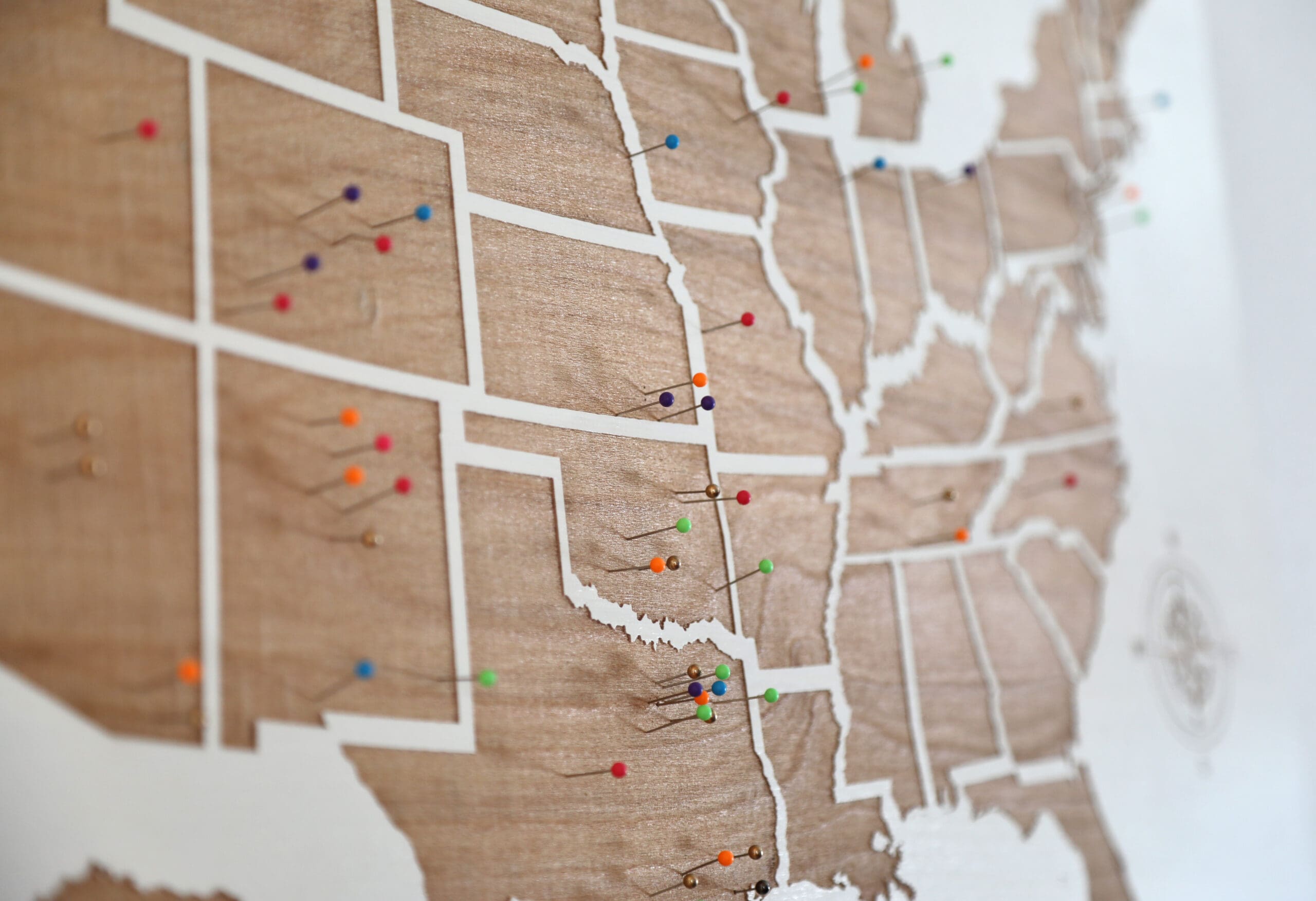USPTO Guidance On The Impact Of Artificial Intelligence On Patent Inventorship | Dunlap Bennett & Ludwig PLLC
On February 12, 2024, the United States Patent and Trademark Office (USPTO) released guidance and a solicitation for public comments on assessing inventorship in the context of inventions aided by artificial intelligence (AI). This guidance, which took effect on February 13, 2024, clarifies that inventions facilitated by AI can still be patented and underscores the importance of human involvement in the inventive process to qualify for patent protection. The essence of this directive is to promote and reward human creativity and innovation.
Insights from the USPTO’s AI Guidance
The guidance highlights several critical points regarding AI and inventorship:
- An AI can not be an inventor.
- Using AI in the invention process does not eliminate the possibility of human inventorship.
- A natural person may qualify as an inventor if they make a “significant contribution” to the invention by applying the standard for joint inventorship and if they recognize and appreciate the invention’s merit.
- Every patent claim must be attributable to a human inventor.
Background Context
Prior USPTO and the Federal Circuit rulings have established that AI systems are ineligible for inventor status under U.S. law. Notably, the 2023 Thaler v. Vidal (43 F.4th 1207 (Fed. Cir. 2022), cert. denied) case in the Federal Circuit reiterated that “only a natural person can be an inventor,” effectively excluding AI. Nevertheless, it did not rule out the possibility of humans using AI in the invention process from being considered inventors. The USPTO AI Guidance integrates feedback from stakeholder consultations and aligns with recent executive actions to foster AI-related innovation.
Overview of the AI Guidance
The guidance sets forth a principal question for evaluating AI-assisted invention inventorship: whether a natural person has made a “significant contribution” to the invention. It applies the “Pannu factors” (Pannu v. Iolab Corp., 155 F.3d 1344, 1351 (Fed. Cir. 1998)) traditionally used to assess joint inventorship, which considers the qualitative and meaningful involvement of a person in the invention process beyond the mere explanation of known concepts. Pannu requires that each co-inventor “(1) contributed in some significant manner to the conception of the invention; (2) made a contribution to the claimed invention that is not insignificant in quality, when that contribution is measured against the dimension of the full invention; and (3) did more than merely explain to the real inventors well-known concepts and/or the current state of the art.” The Pannu test was clarified by a 2023 Federal Circuit-issued opinion in 2023 in HIP, Inc. v. Hormel Foods Corp., 66 F.4th 1346, 1353 (Fed. Cir. 2023), that stated that the contribution of preheating bacon in a microwave oven was insignificant, under the second of the Pannu factors in light of the scope of the invention.
The USPTO Guidance elaborates that for AI-assisted inventions, a significant contribution, according to the Pannu factors, is required for a person to be recognized as an inventor. Additionally, it is necessary for at least one human to contribute significantly and have “recognition and appreciation” of each claimed invention.
The guidance outlines five principles:
- AI assistance is permitted: “A natural person’s use of an AI system in creating an AI-assisted invention does not negate the person’s contributions as an inventor. The natural person can be listed as the inventor or joint inventor if the natural person contributes significantly to the AI-assisted invention.”
- Merely recognizing a problem insufficient: “Merely recognizing a problem or having a general goal or research plan to pursue does not rise to the level of conception. A natural person who only presents a problem to an AI system may not be a proper inventor or joint inventor of an invention identified from the output of the AI system. However, a significant contribution could be shown by the way the person constructs the prompt in view of a specific problem to elicit a particular solution from the AI system.”
- Reduction to practice insufficient: “Reducing an invention to practice alone is not a significant contribution that rises to the level of inventorship. Therefore, a natural person who merely recognizes and appreciates the output of an AI system as an invention, particularly when the properties and utility of the output are apparent to those of ordinary skill, is not necessarily an inventor. However, a person who takes the output of an AI system and makes a significant contribution to the output to create an invention may be a proper inventor. Alternatively, in certain situations, a person who conducts a successful experiment using the AI system’s output could demonstrate that the person provided a significant contribution to the invention even if that person is unable to establish conception until the invention has been reduced to practice.”
- Developing an essential building block may be sufficient: “A natural person who develops an essential building block from which the claimed invention is derived may be considered to have provided a significant contribution to the conception of the claimed invention even though the person was not present for or a participant in each activity that led to the conception of the claimed invention. In some situations, the natural person(s) who designs, builds, or trains an AI system in view of a specific problem to elicit a particular solution could be an inventor, where the designing, building, or training of the AI system is a significant contribution to the invention created with the AI system.”
- Owning or overseeing an AI system is insufficient: “Maintaining ‘intellectual domination’ over an AI system does not, on its own, make a person an inventor of any inventions created through the use of the AI system. Therefore, a person simply owning or overseeing an AI system that is used in the creation of an invention, without providing a significant contribution to the conception of the invention, does not make that person an inventor.”
It is important to note that the USPTO is reminding applicants and patent owners of their existing duty of disclosure as it relates to a possible rejection of a patent. The PTO offers the example of an application created with the assistance of AI that could potentially include evidence that a named inventor did not significantly contribute to the invention because an AI made that person’s purported contribution.
Inventorship issues involving AI promise a whole new realm of potential litigation issues. In short, with the increasing use of AI by engineers, scientists, and other inventors as part of the inventive process, patent applicants must ensure that each named inventor has contributed significantly to a claimed invention, as detailed in the Pannu factors.
[View source.]






